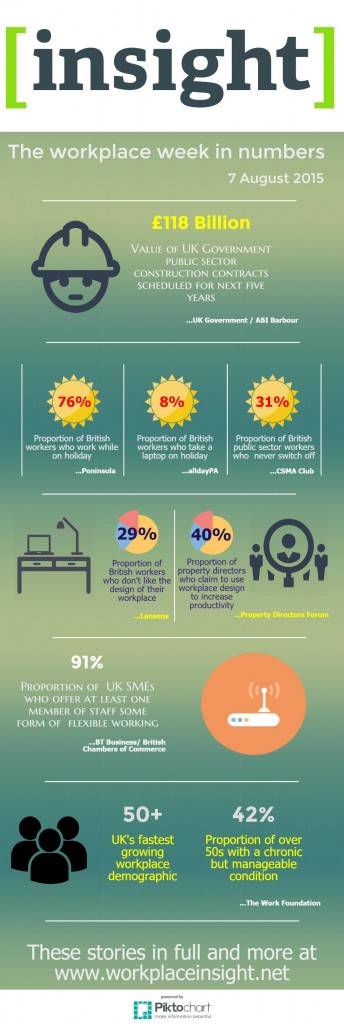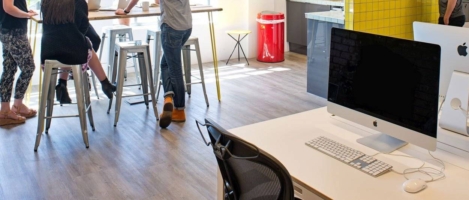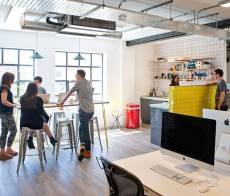August 11, 2015
The key to the productivity puzzle may be to give people better jobs 0
 Ever since the UK started to emerge from the economic downturn there has been a great deal of brow beating about the so-called productivity puzzle. Although the UK economy grew between 2012 and 2014, productivity fell by 1.15 percent. In addition, the UK has a productivity gap of between 23 and 32 per cent between it and comparable economies such as Germany, France and the Netherlands. When considering the reasons for this, most of the time a finger has been pointed at some old favourites such as working practices, a lack of engagement or – according to this feature published in HR Magazine this week – individual behaviour. Now a new report from the Institute for Public Policy research (IPPR) claims that the problems are far more complex than people typically assume and that one of the major factors is the jobs people are offered.
Ever since the UK started to emerge from the economic downturn there has been a great deal of brow beating about the so-called productivity puzzle. Although the UK economy grew between 2012 and 2014, productivity fell by 1.15 percent. In addition, the UK has a productivity gap of between 23 and 32 per cent between it and comparable economies such as Germany, France and the Netherlands. When considering the reasons for this, most of the time a finger has been pointed at some old favourites such as working practices, a lack of engagement or – according to this feature published in HR Magazine this week – individual behaviour. Now a new report from the Institute for Public Policy research (IPPR) claims that the problems are far more complex than people typically assume and that one of the major factors is the jobs people are offered.





































August 6, 2015
Three quarters of employees admit to taking work on holiday with them 0
by Sara Bean • Comment, Flexible working, News, Technology, Workplace
More →